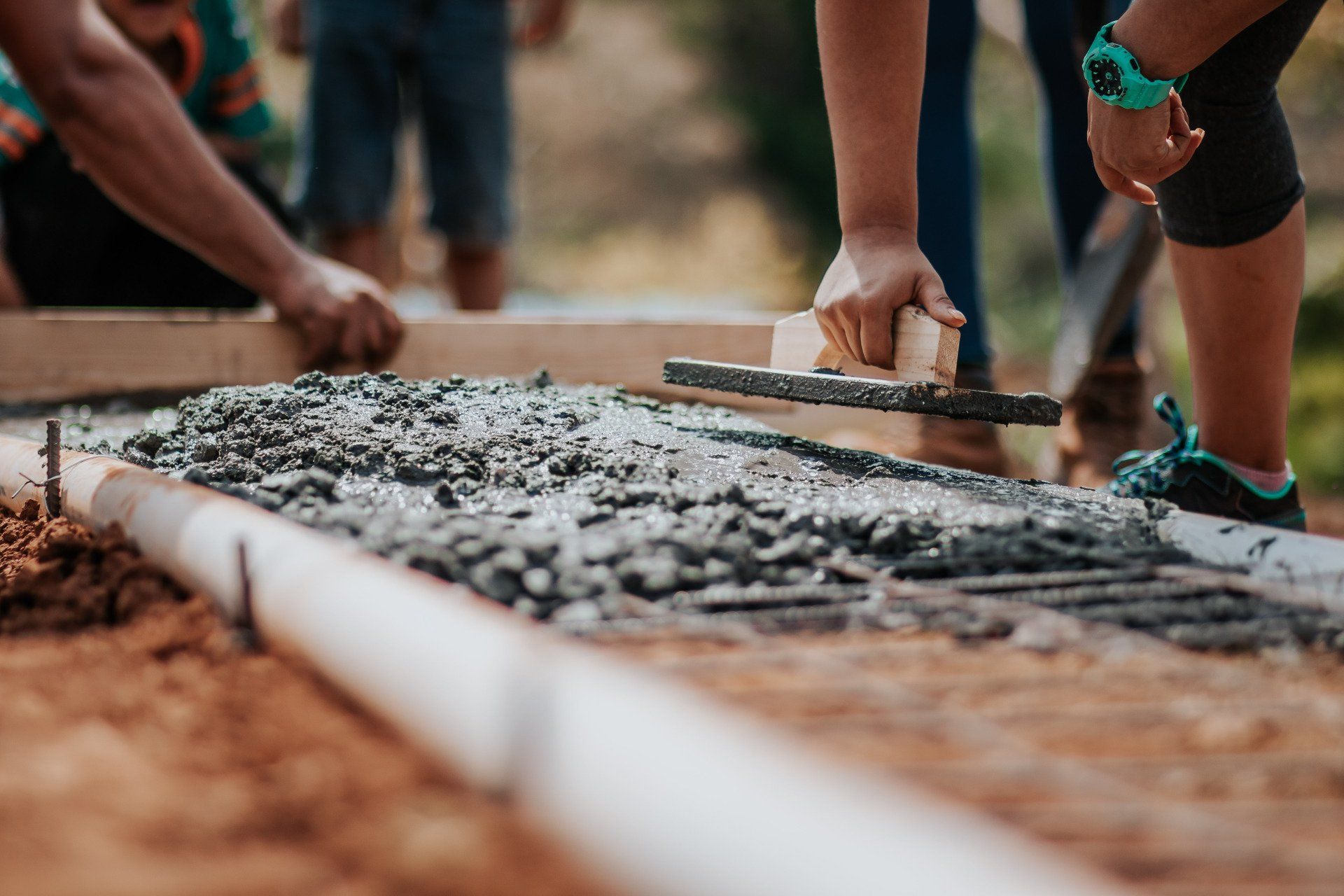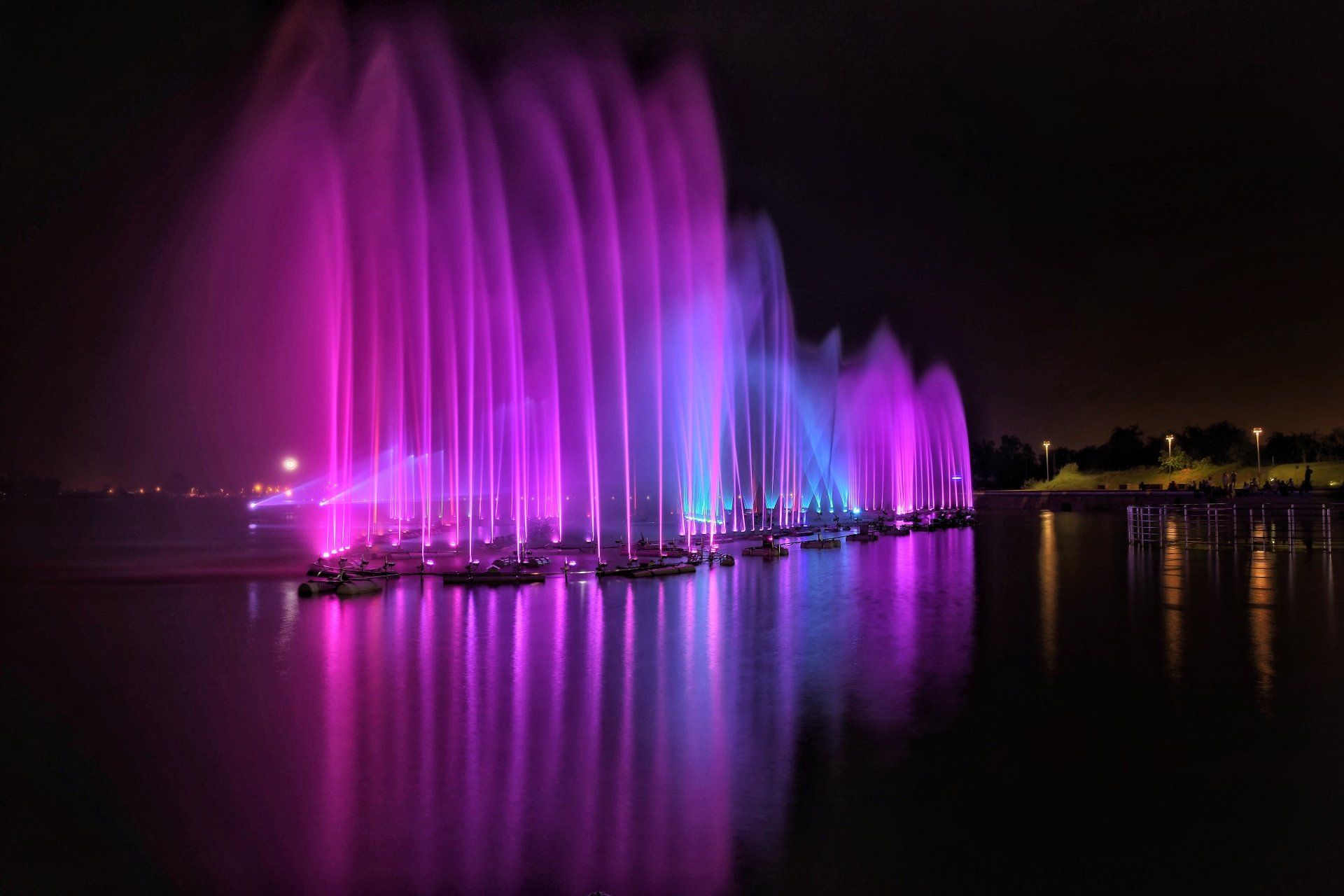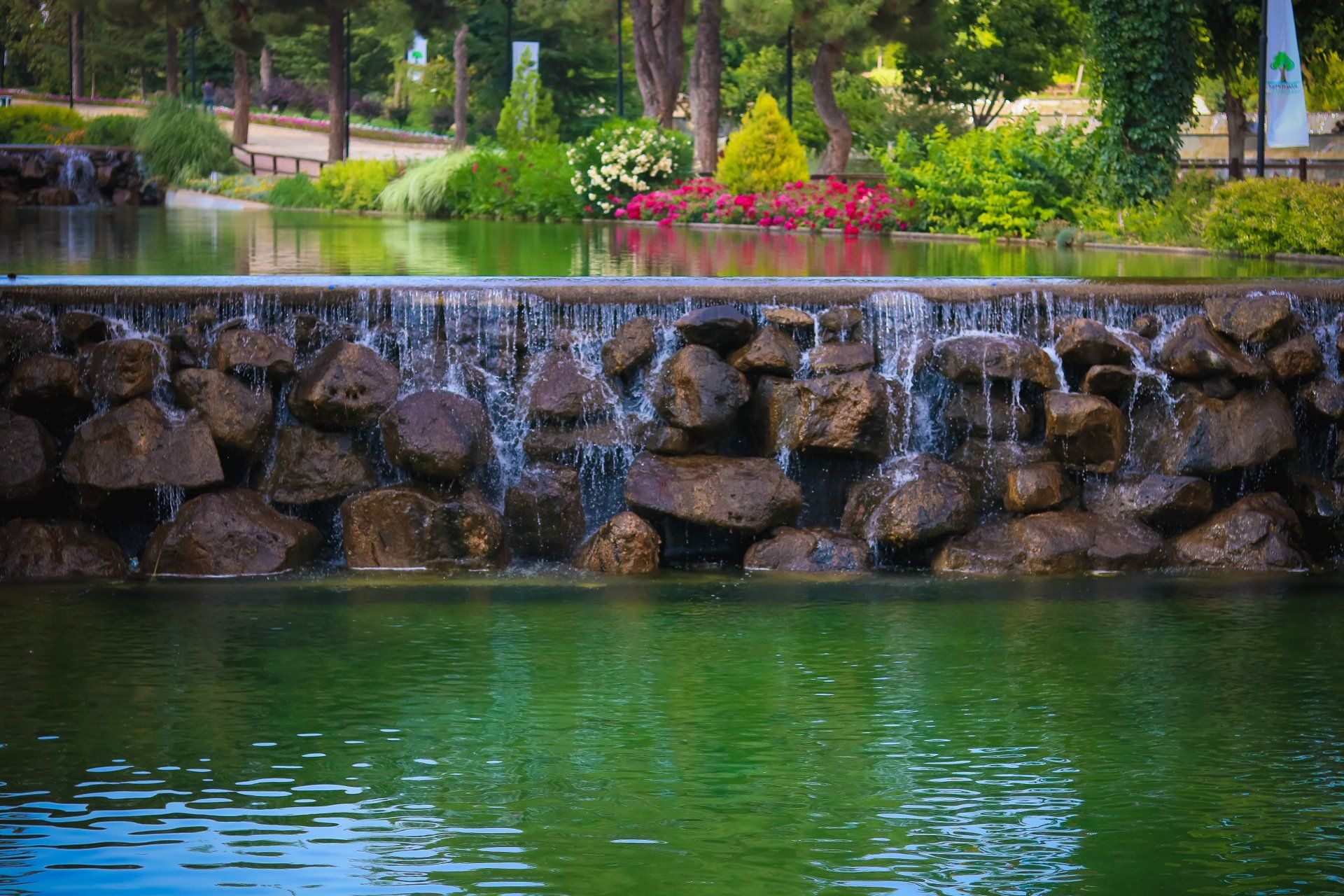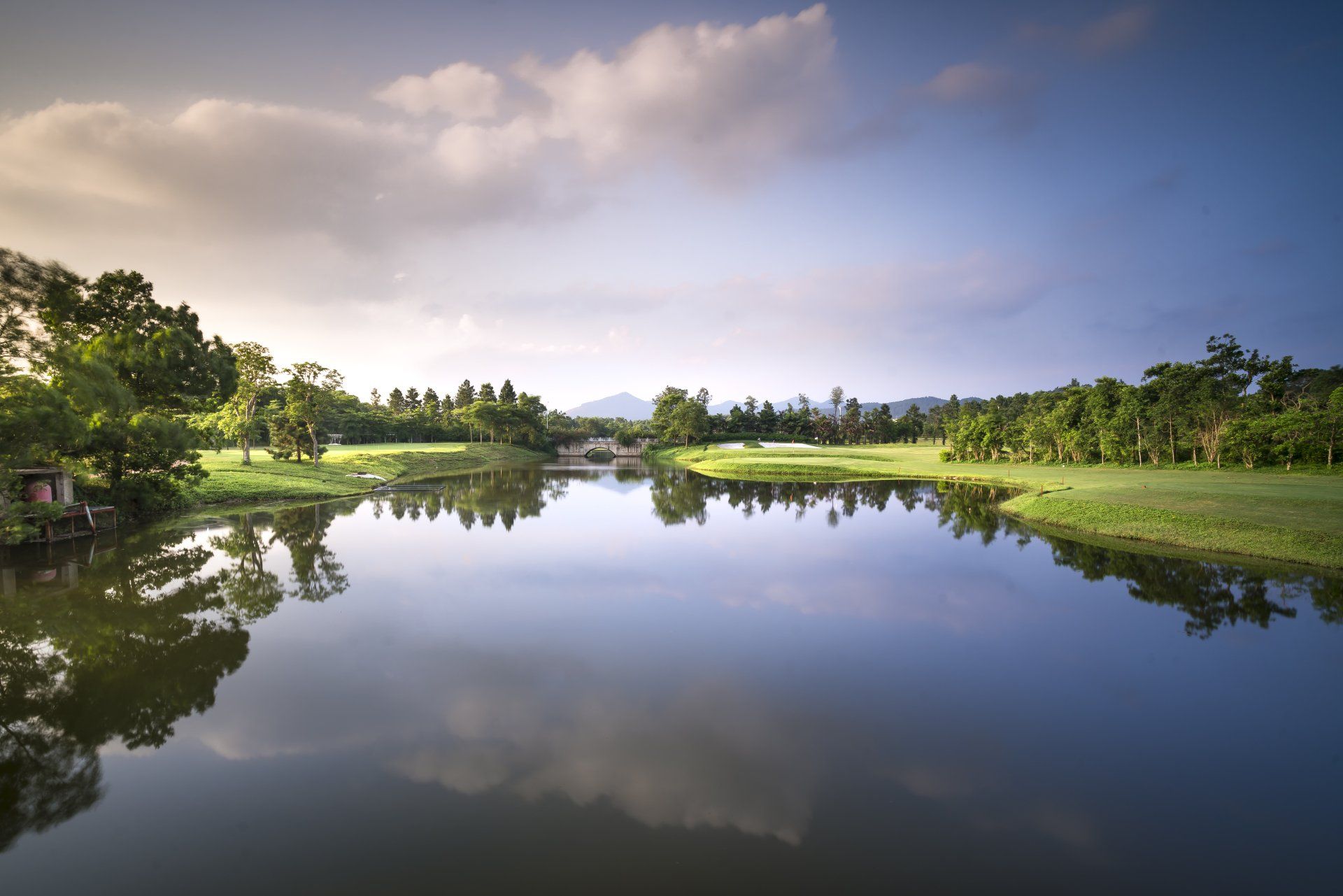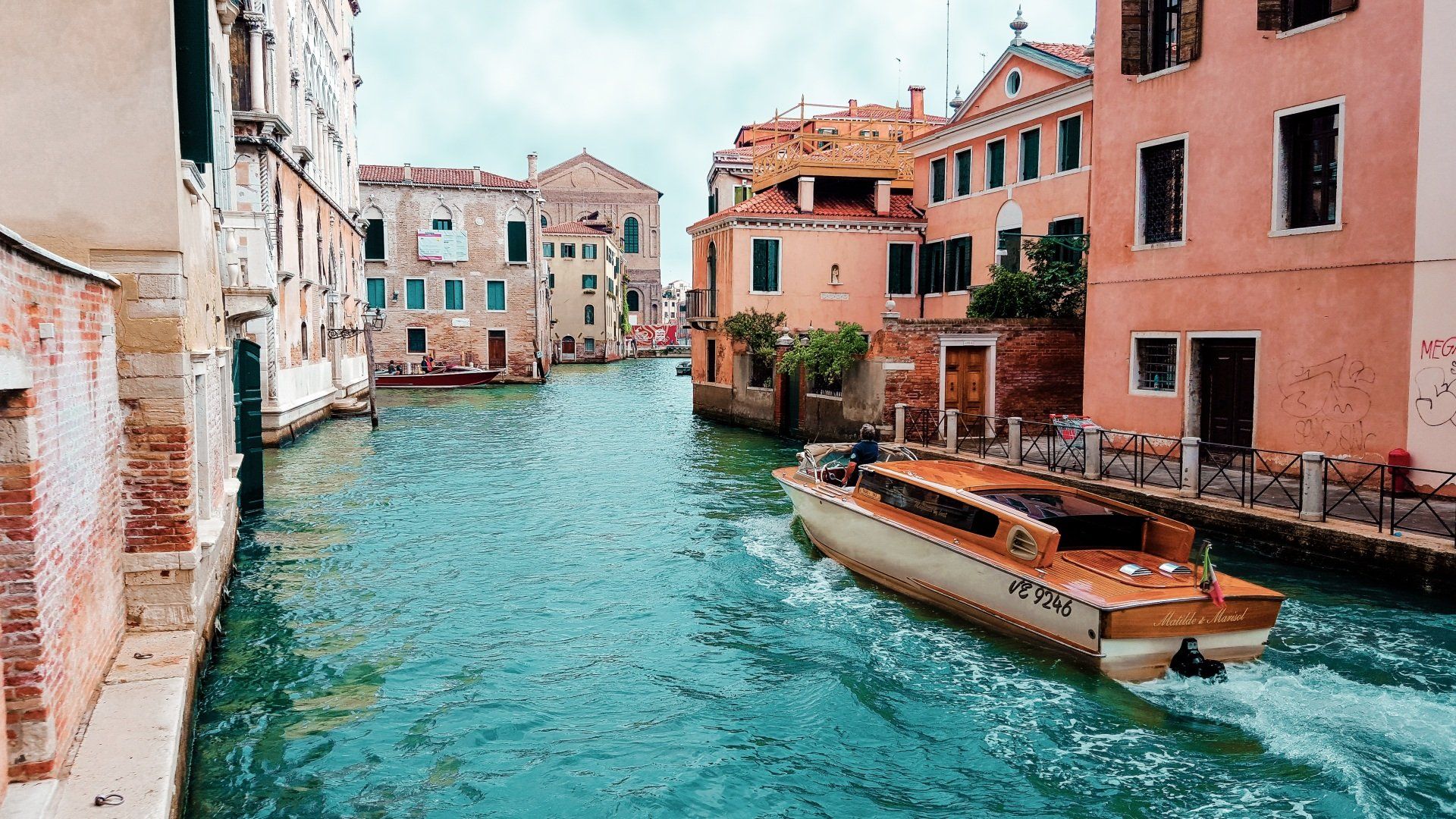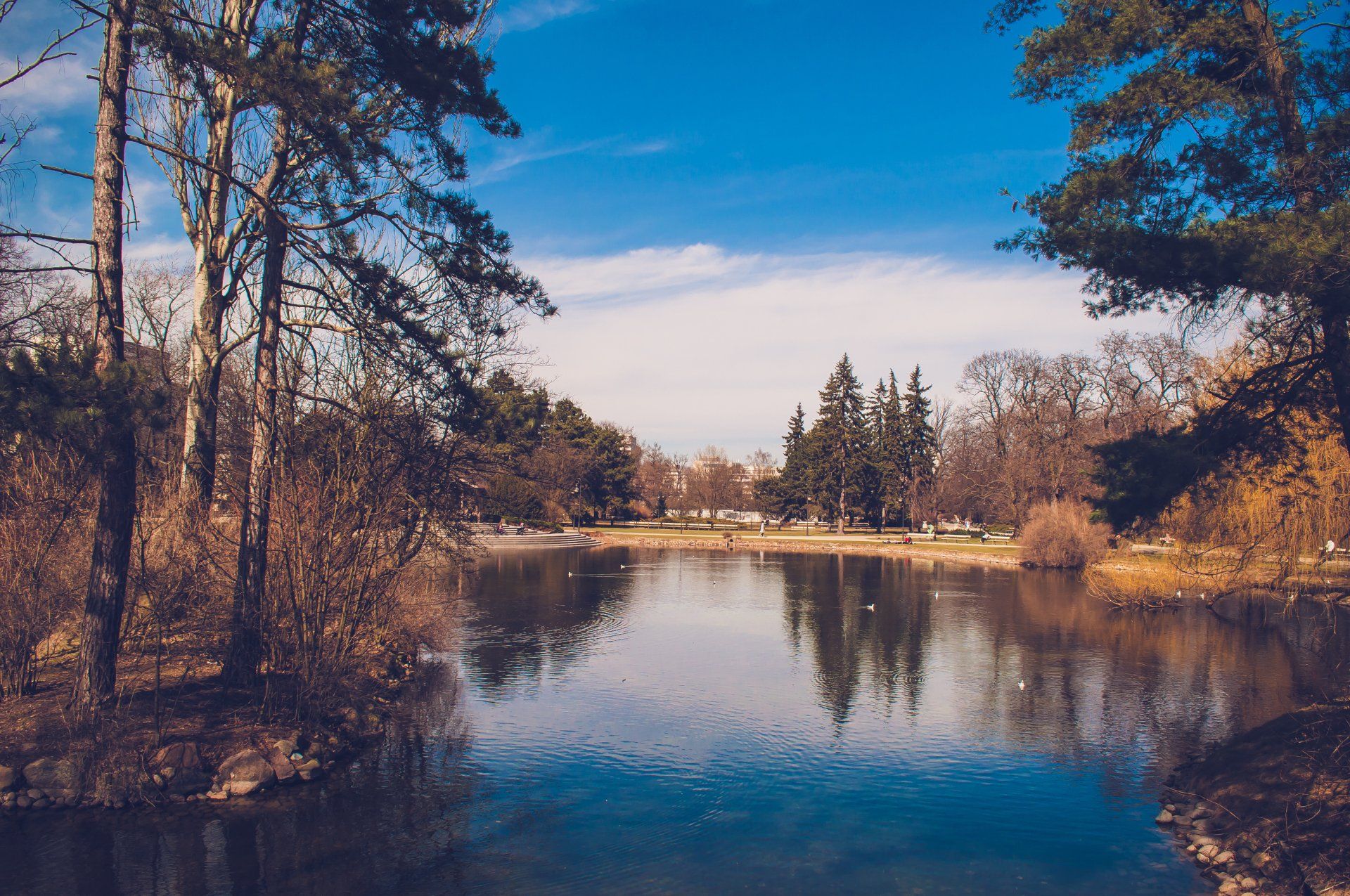Rikugi-End Garden
We Hope that We Inspire You as Much as You Inspire Us.
Located in a Tokyo metropolitan park in Bunkyō-ku, the garden’s name means Garden of Six Principles of Poetry. Built between 1695 and 1702, Rikugi-en is typical from the Edo Period and a wonderful example of a traditional Japanese garden.
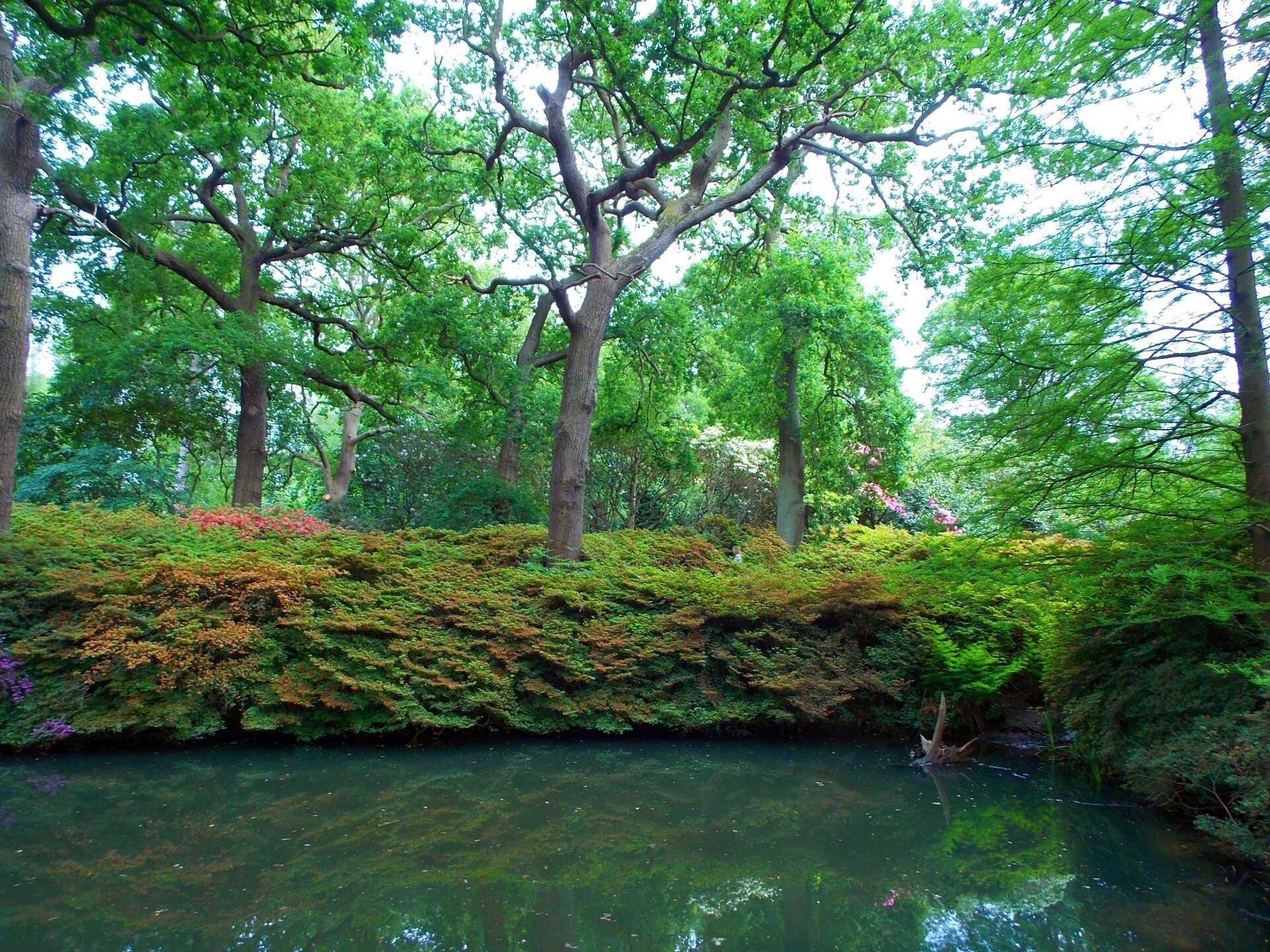
Wooded areas and manmade mini mountains surround the pond with winding and interconnecting trails of the park, making for a beautiful walk along its edge with hidden sights around every corner.
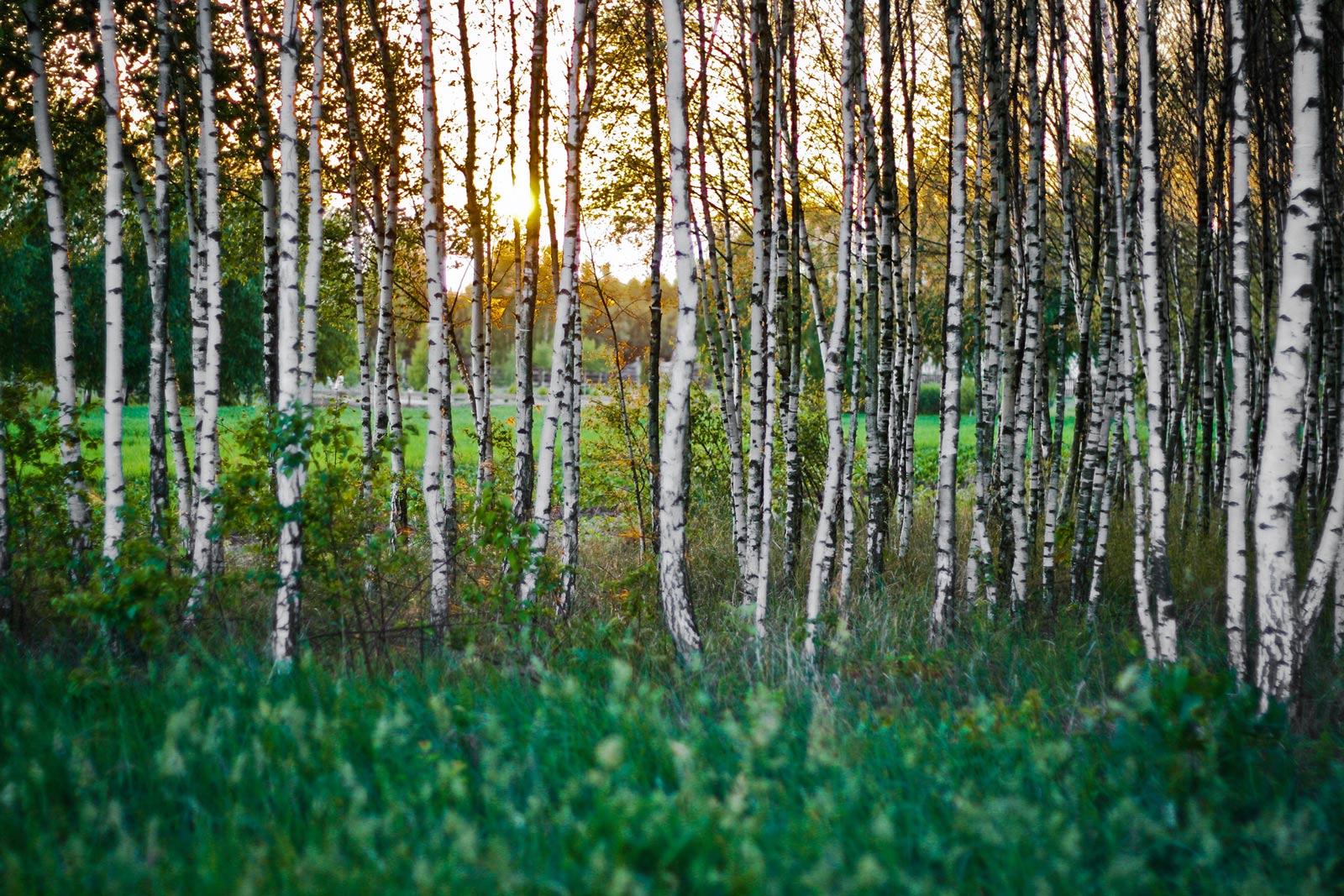
Tea houses are tranquilly placed throughout the trail for the gardens patrons to enjoy and relax as they gaze at the various trees lining the ponds shore. A particularly wonderful view is from the stepping-stones at Takimi-no-chaya, a tea house for watching the Sleeping Dragon rock sitting half-submerged in the pond. A small island called Horaijima is located in the middle of the pond with two small hills and represents “man” and “woman” in Japanese Waka poetry.
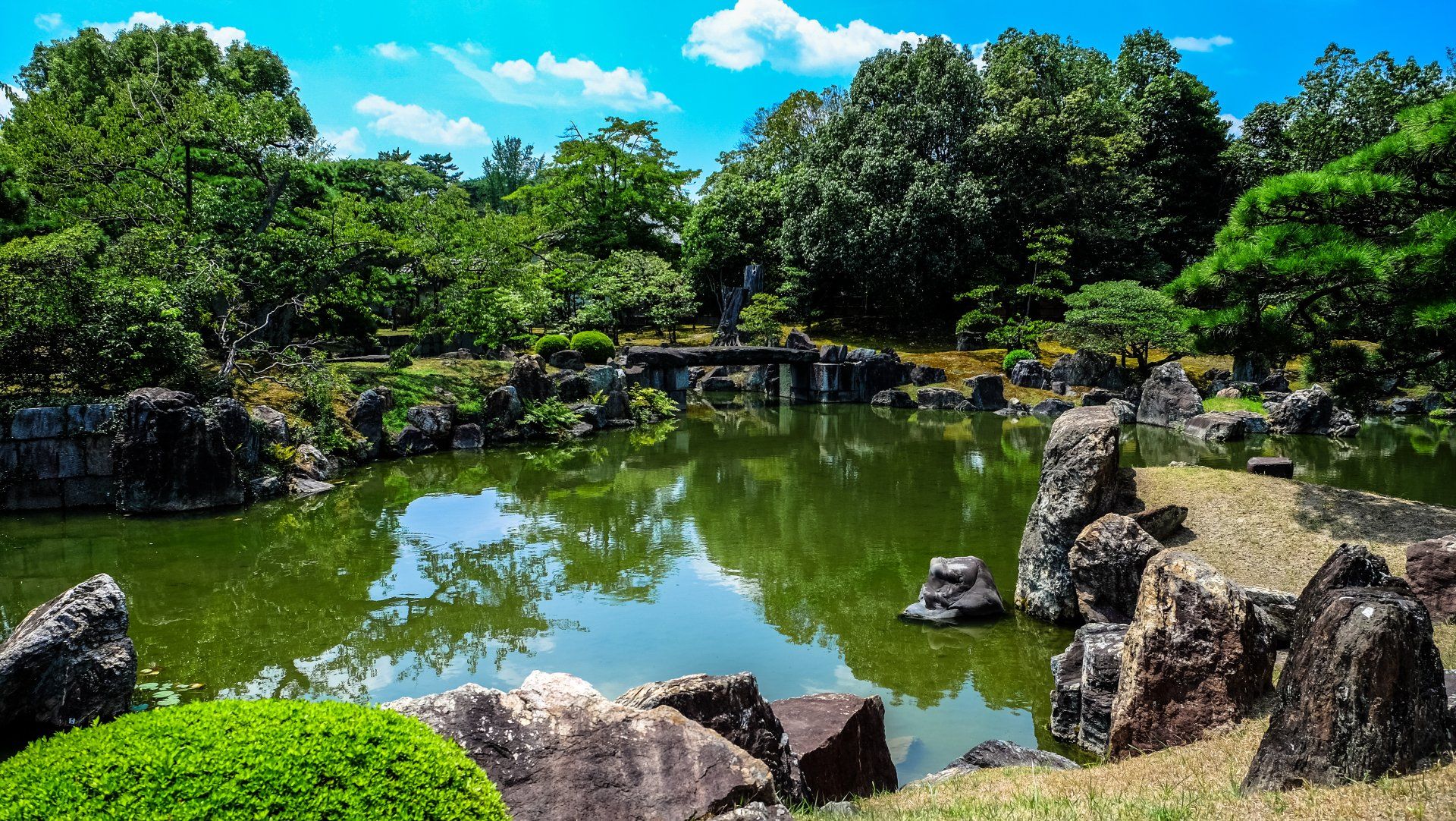
Amongst the many Maple trees are Japanese Apricot, Weeping Cherry and Evergreens. An amazing view of the landscape can be found at Togetsukyo Bridge which was named after a famous Waka poem about the view of the moon moving across the sky with the cry of a crane in a rice paddy heard nearby.
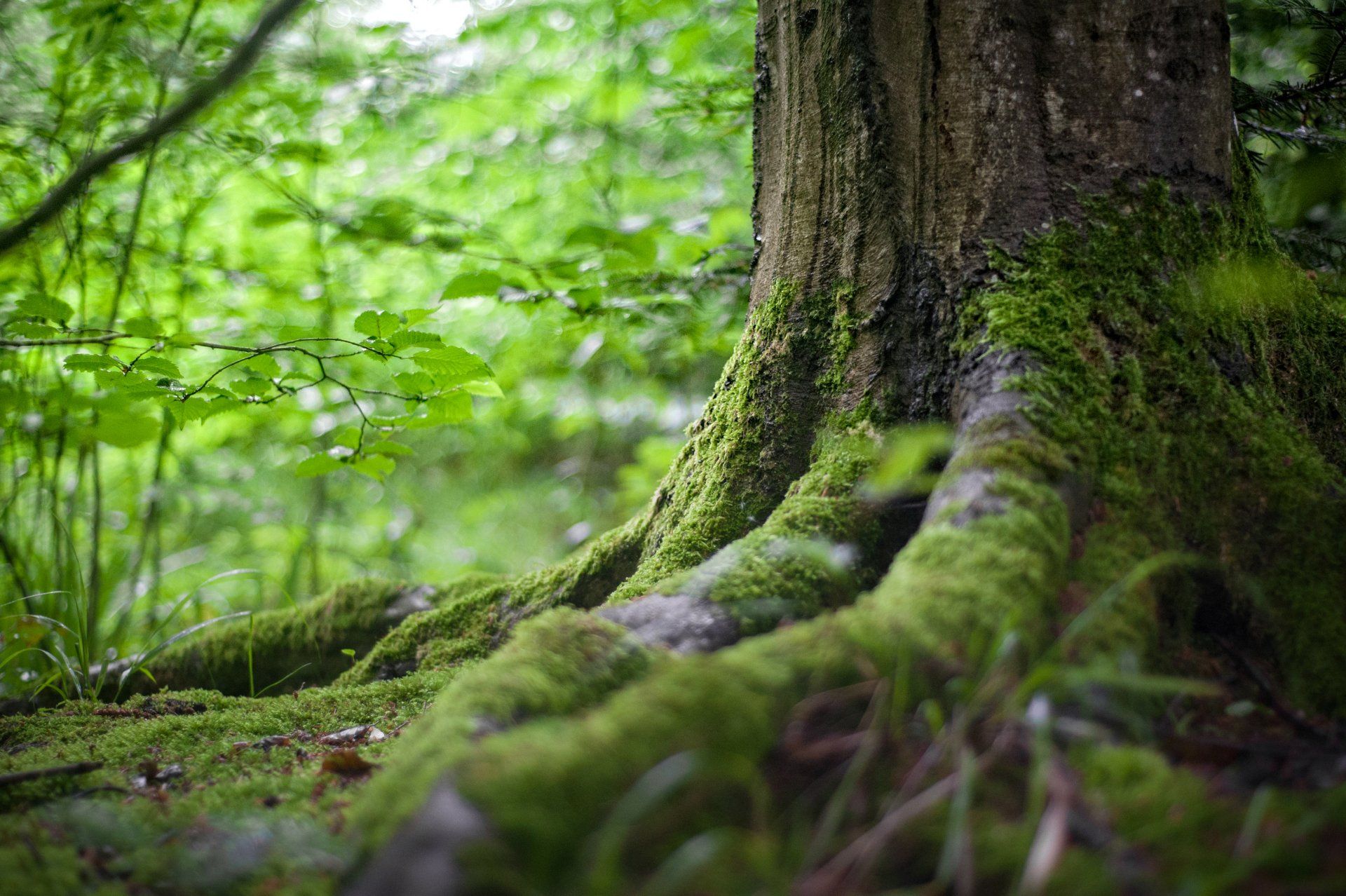
At Laughing Waters we strive to incorporate our inspirations like Rikugien into beautiful water gardens around America. If your project is truly inspired by water, Laughing Waters will help bring your water to life.
Animal Planet’s The Pool Master begins airing the rest of season 1 on April 3rd. Laughing Waters worked very closely with acclaimed landscape architect and water garden designer Anthony Archer Wills to create the most beautiful and interesting natural swimming pools for the show. We are very excited for you to see the kind of custom water feature work that Laughing Waters can accomplish for our customers.
